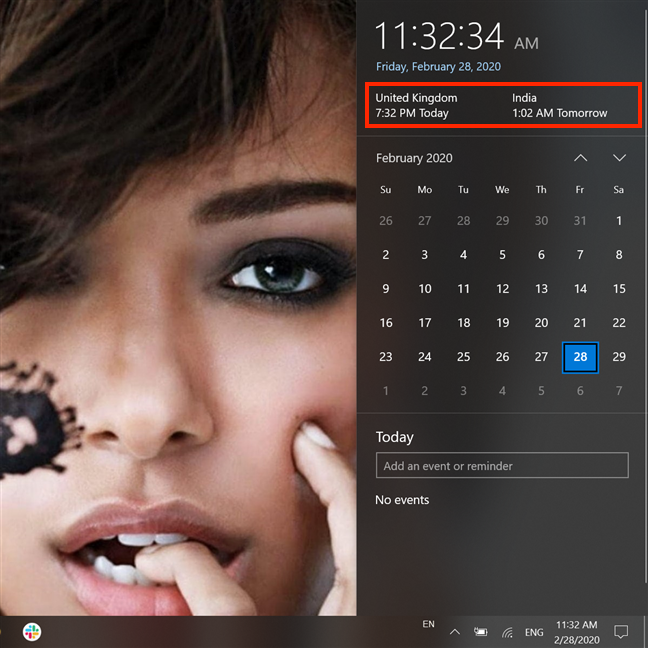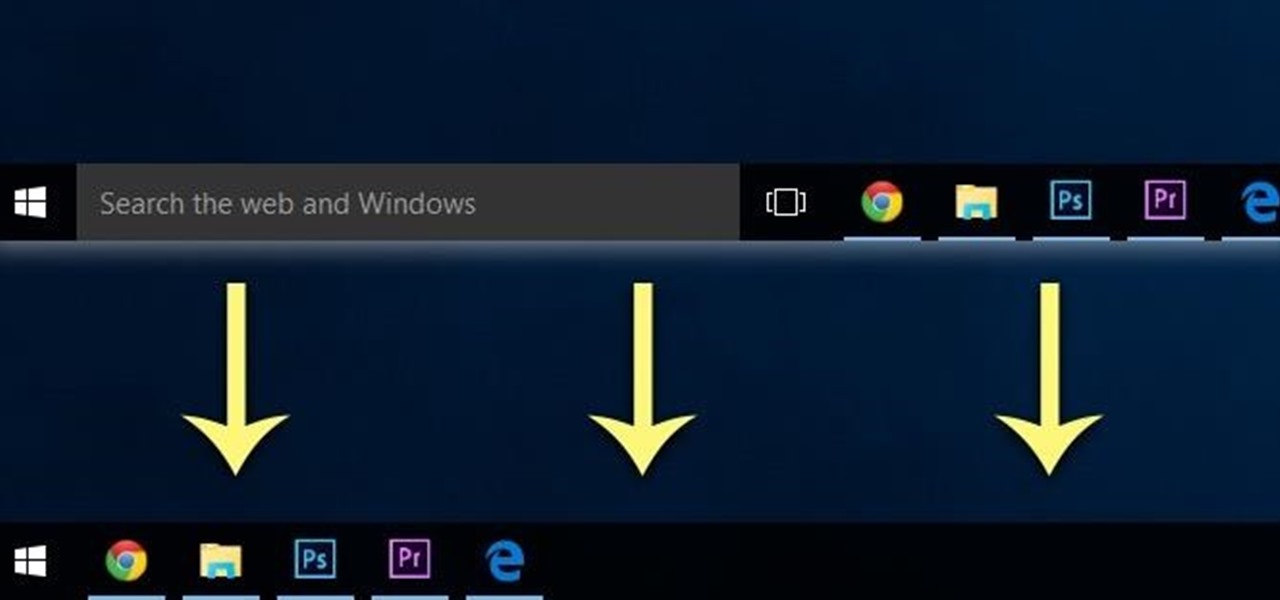

Traditionally, the taskbar lives along your desktop’s bottom edge, but you’ll move it to any advantage you would like, a handy space saver on extra-wide monitors.Taskbar icons with a thin underline along their bottom edge let you know that their app or program is currently running.(The departing program thoughtfully allows you to save lots of your work before it quits and walks off the screen.) The program quits, even as if you’d decided its Exit command from within its window. Close an app or program listed on the taskbar, right-click its icon and choose Close from the pop-up menu.So if one among your open windows ever gets lost on your desktop, click its icon on the toolbar to bring it to the forefront. Whenever you load an app or program, its icon automatically appears on the taskbar.Clicking the taskbar icon once more minimizes that very same window. The window rises to the surface and rests atop the other open windows, ready for action. To play with a program listed on the taskbar, click its icon.So how does one keep track of all the windows? to form matters worse, programs like web browsers and Microsoft Word can contain several windows apiece. Whenever quite one window sits across your Windows 10 desktop, you face a logistics problem: Programs and windows tend to overlap, making them difficult to identify. Below is a summary of the Microsoft Windows 10 taskbar with each of its significant elements listed.

Windows 10 resembles Windows 8.1, but with a replacement Cortana search box. With Windows 8, Microsoft released the beginning button but later added it back in Windows 8.1. With the discharge of Windows Vista and seven, Microsoft removed the fast Launch, added the beginning Orb, and allowed icons within the Windows Notification Area to be hidden. Apart from the fast Launch feature, the taskbar in Windows 95, 98, ME, NT 4.0 resembled the Windows 98 taskbar.

The picture above shows the Windows taskbar throughout Windows history. The toolbar was first introduced with Microsoft Windows 95 and is found in subsequent versions of Windows altogether. On the right side of the taskbar is that the Notification Area that permits you to see the date and time, items running within the background. It allows you to identify and launch programs through Start and therefore the Start menu or view any currently open program. The taskbar is a component of an OS located at the rock bottom of the screen.


 0 kommentar(er)
0 kommentar(er)
